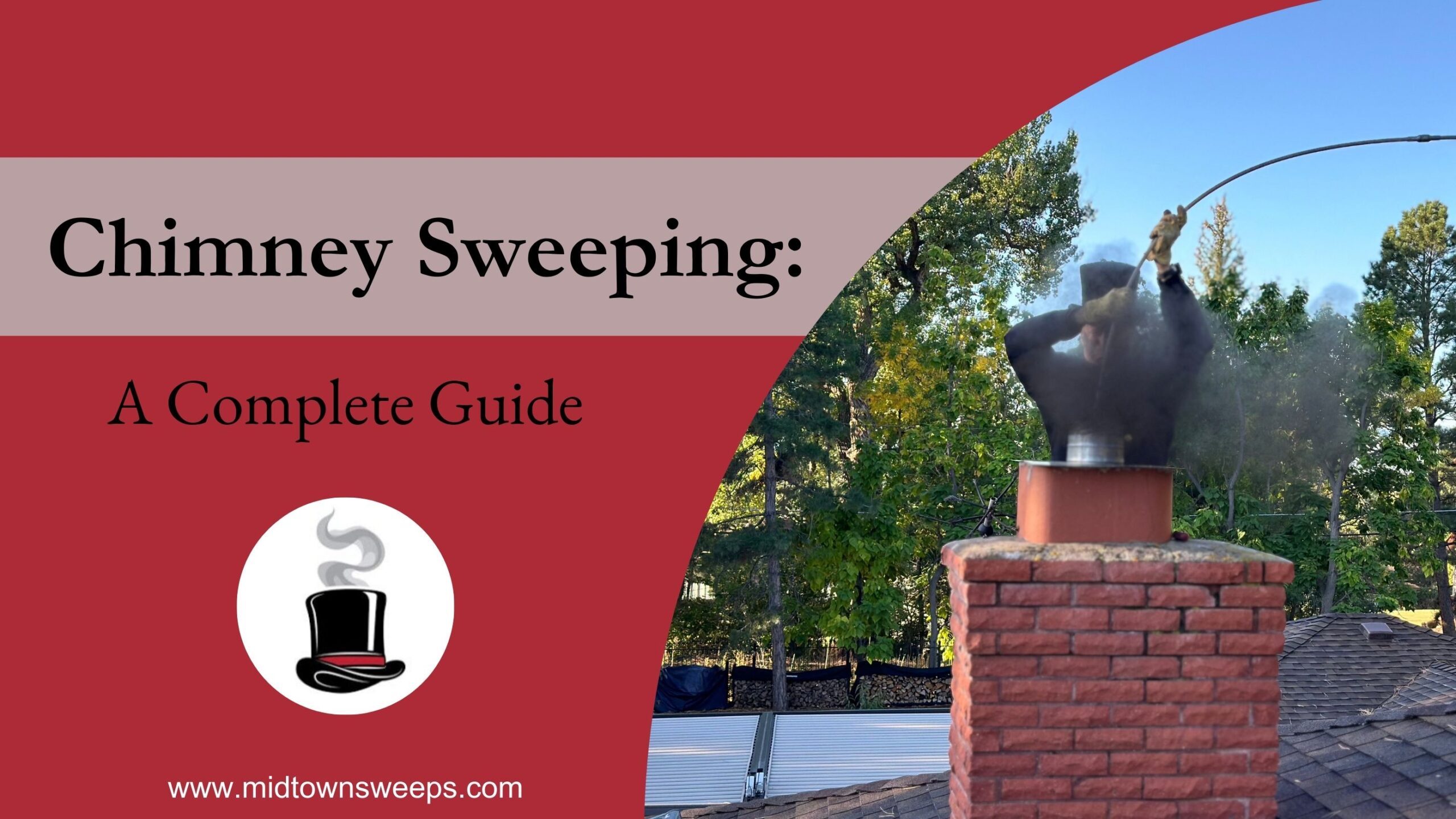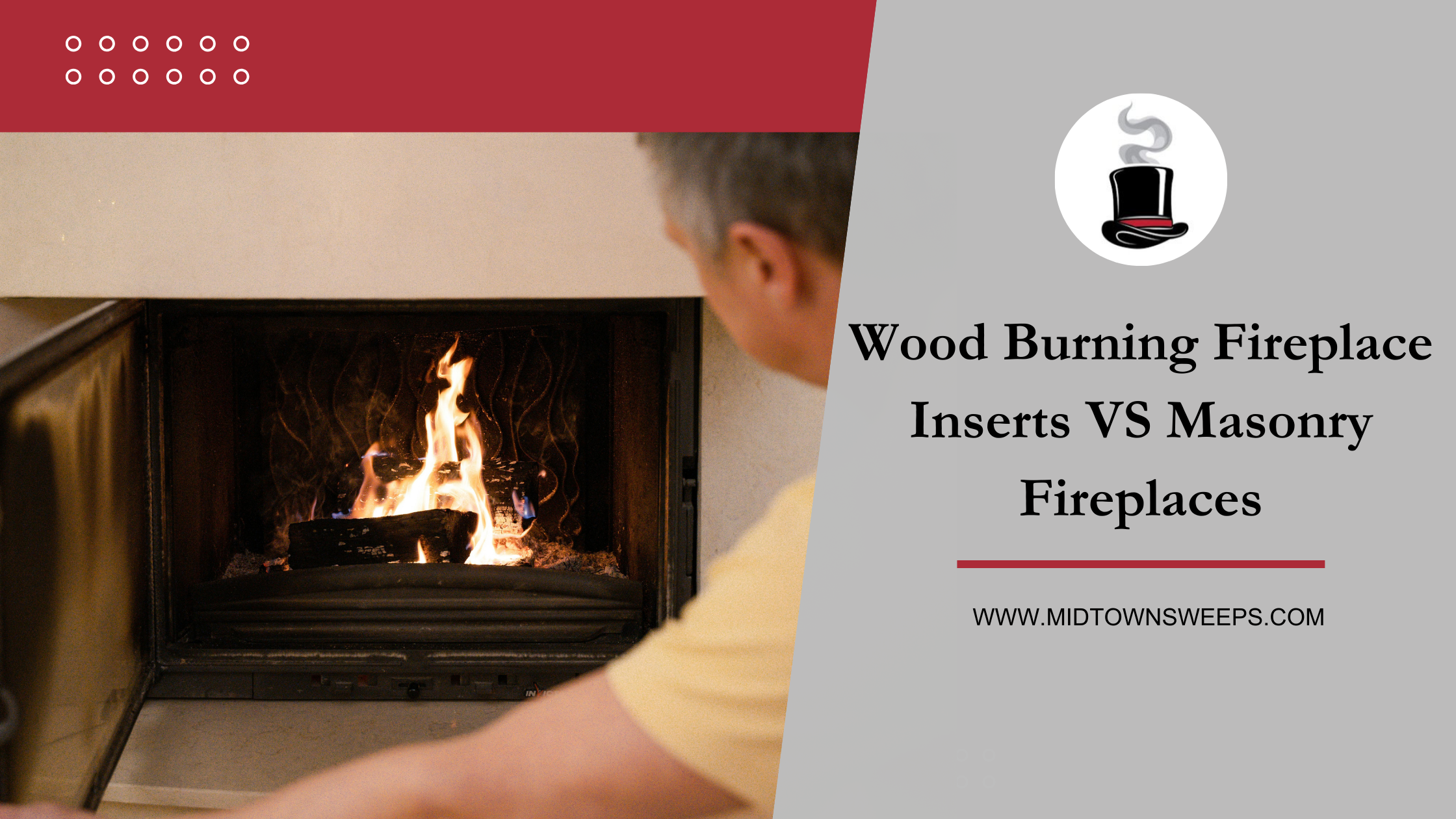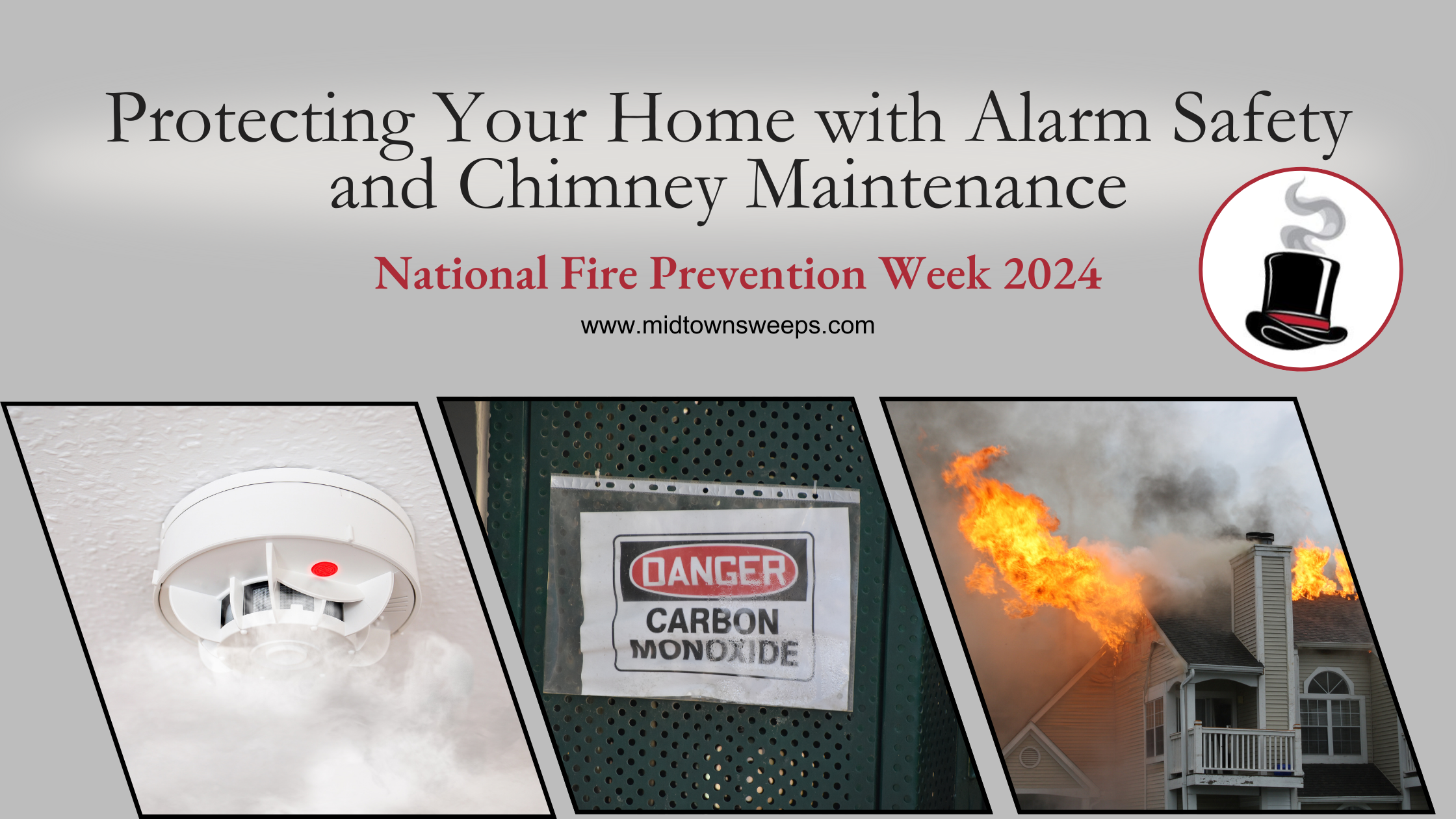Before winter hits, it’s a good idea to have winter chimney maintenance performed. When the weather changes, the cold temperatures can have a negative effect on the masonry. On top of that, more regular use might lead to soot building up and making your fireplace look less attractive (while working less efficiently).
Fortunately, you can take care of your fireplace and chimney, so the unit works better and lasts longer. Here are five types of maintenance that you should perform before the winter hits.
Regulate the Ash Levels for Better Fires
High ash levels make it more difficult for you to maintain and build a fire. However, you do need to have around an inch of ash in the firebox to make it easier to start a fire and keep it going. If you have too much, remove it by placing it into a fireproof container. You can use it to melt ice or as compost, if you wish.
Clean the Hearth to Remove Soot
Cleaning the hearth is an important part of winter maintenance. The hearth should be cleaned every six weeks, so that it is free of soot. Clean brick hearths with water, a scrub brush and a brick cleaner. If you have a concrete hearth, use oxygen bleach.
Clean the Glass Doors For a Soot-Free Fire
When allowed to go without cleaning, the glass doors of your fireplace will start to have soot stick to them. It’s important to remove that soot, so that you can have a clean firebox available. With cleaner windows, you’ll be able to monitor the fire more effectively.
It’s simple to clean the doors. You can dip a newspaper into water and ash to scrub the soot off. Alternatively, use a razor blade to remove thick areas of soot.
Check for Critters Before Using Your Fireplace
It’s important to be sure that the chimney is clear of nests from squirrels, birds and other kinds of animals. In the winter, the warmth of the chimney may seem appealing, especially as temperatures drop to or below freezing. Animals commonly found in chimneys include:
- Squirrels
- Birds
- Raccoons
- Rats
- Mice
To prevent critters from making your chimney their home, take the time to have your chimney professionally cleaned.
Take Care of Cracked and Crumbling Chimneys
If you have a cracked or crumbling chimney, it’s possible that it will get worse with the winter weather. Cold temperatures may damage your chimney, creating large cracks and potholes. The masonry materials are porous, so any rain, sleet or snow could be absorbed into it. As the rain, snow or sleet becomes ice or thaws into water, it expands and contracts, causing damage.
You should have your chimney’s masonry waterproofed with a 100% vapor-permeable sealant. These sealants usually work for five to ten years, at which time you should have the chimney sealed again.
Preventing water ingress is important, too. Make sure your chimney cap is in place and not damaged. If it is damaged, it should be repaired or replaced.
If there are cracks or parts crumbling already, you should set up a chimney inspection. A chimney sweep technician can tell you more about the damage and how it can be repaired. They’ll also assist in sealing the chimney when it’s time to do so.
These five areas of fireplace care need to be addressed during your winter chimney maintenance. If you take care of them, you’ll have a better fireplace that works as intended.












